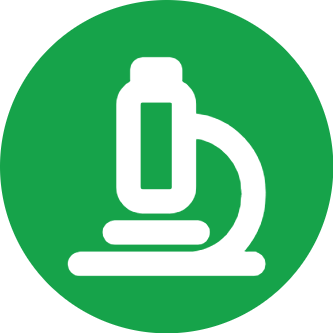You may be interested in…
Your cart is currently empty!
New in store
-
 gate valves
gate valves -
 Trunnion Mounted Ball Valves$18.00
Trunnion Mounted Ball Valves$18.00 -
 Check Valve Line$20.00
Check Valve Line$20.00 -
 Gate Valve Line$20.00
Gate Valve Line$20.00





Selecting the right ball valve for high-pressure applications is critical for system safety, reliability, and long-term performance. This comprehensive guide will walk you through the essential factors to consider when making this important decision.
High-pressure applications, typically defined as systems operating above 600 PSI, require specialized ball valve designs to handle the increased mechanical stresses and ensure reliable sealing. The selection process involves careful consideration of multiple factors including valve design, materials, and operational requirements.
At YHK VALVE, I’ve seen many installations fail due to improper valve selection. The cost of valve failure in high-pressure systems extends far beyond replacement costs – it includes downtime, safety risks, and potential environmental impact.

The fundamental decision in high-pressure ball valve selection is choosing between trunnion mounted and floating ball designs. This choice significantly impacts valve performance, operating torque, and maintenance requirements.
Floating ball valves work by allowing the ball to move slightly downstream under pressure, creating a tight seal against the downstream seat. While effective for many applications, they have limitations in high-pressure service:
Trunnion mounted designs use a fixed ball supported by bearings at the top and bottom. The seats move to create the seal, offering several advantages for high-pressure applications:
– Dr. Zhang Wei, Senior Valve Engineer, YHK VALVE
“In my 15 years of valve engineering experience, I’ve found that trunnion mounted ball valves consistently outperform floating ball designs in high-pressure applications above 1000 PSI. The investment in trunnion design pays off through reduced maintenance and increased reliability.”

Fire safety is critical in hazardous environments. Understand API 607 testing procedures and how fire safe valves protect your facility during emergencies.

API 6D certification is crucial for pipeline valves. Learn about the testing requirements, quality standards, and how our valves meet these stringent specifications.
International Certifications
Certified Products
Quality Management

Certification for pipeline valves used in petroleum and natural gas industries. Ensures our ball valves meet stringent pipeline application requirements.

International standard for quality management systems. Demonstrates our systematic approach to quality control and continuous improvement.

Fire testing standard for quarter-turn valves. Validates our valves can maintain integrity during fire conditions.

Specification for annular blowout preventer equipment. Certifies our valves for critical wellhead safety applications.

European Union compliance marking for industrial valves. Enables free movement of our products within the European Economic Area.

Established quality management system immediately after company foundation. Committed to quality from day one of operations.

Obtained API 6D certification for pipeline valve applications. Opened opportunities in oil and gas industry projects.

Passed rigorous fire testing requirements for quarter-turn valves. Enhanced safety credentials for critical applications.

Qualified for annular blowout preventer equipment applications. Expanded capabilities in wellhead safety systems.

Achieved CE marking for European market compliance. Enables direct sales throughout the European Economic Area.

Pressure ratings up to 2500 PSI

Temperature ranges from -29°C to 180°C

Rigorous testing and documentation

Systematic quality management approach

Continuous improvement processes

Customer satisfaction focus

Fire resistance at 760°C for 30 minutes

Seat leakage testing post-fire

Emergency shutdown capability

API 598 – Valve Testing

ISO 5208 – Pressure Testing

EN 12266 – Testing Procedures

ASME B16.34 – Valves Standards

ASTM A216 – Steel Castings

ASTM A105 – Forged Steel

ASTM A351 – Stainless Steel

NACE MR0175 – Sour Service

ASME B16.5 – Flanged Fittings

ASME B16.25 – Butt Welding

MSS SP-44 – Steel Valves

BS 1414 – British Standards
First-Pass Rate
Inspection Points
QC Monitoring



Material certification review
Chemical composition analysis
Mechanical property testing
Dimensional verification
Seals and gaskets quality check
Fastener specifications
Actuator components
Packaging integrity
Mill test certificates
Traceability records
Supplier quality reports
Non-conformance handling






1.5 × WP
1.1 × WP
1.1 × WP
Surface finish and coating quality
Marking and identification verification
Weld quality and appearance
Face-to-face dimensions
Flange drilling patterns
Port size and alignment
Operation torque measurement
Actuator performance testing
Emergency shutdown verification
Test certificates preparation
Traceability record completion
Quality release authorization
Traceability
Data Access
Manufacturing quality
Customer satisfaction
Industry leading
API standards



97.5%
2 Minor
100%

Valid until 2027

Valid until 2026
Approved
Approved
Scheduled

System oversight and compliance

Test results and certifications

Quality records and reports